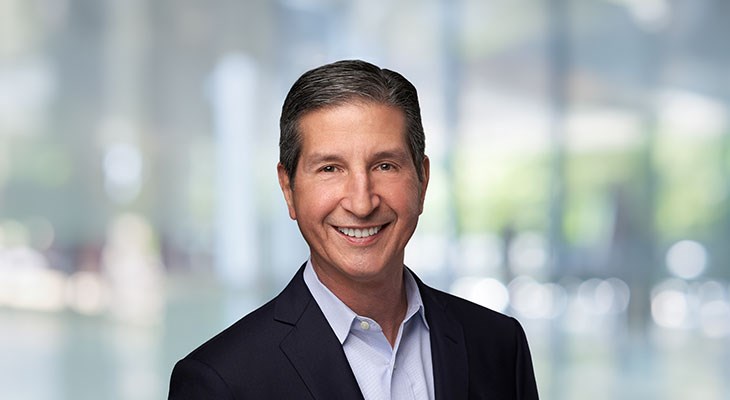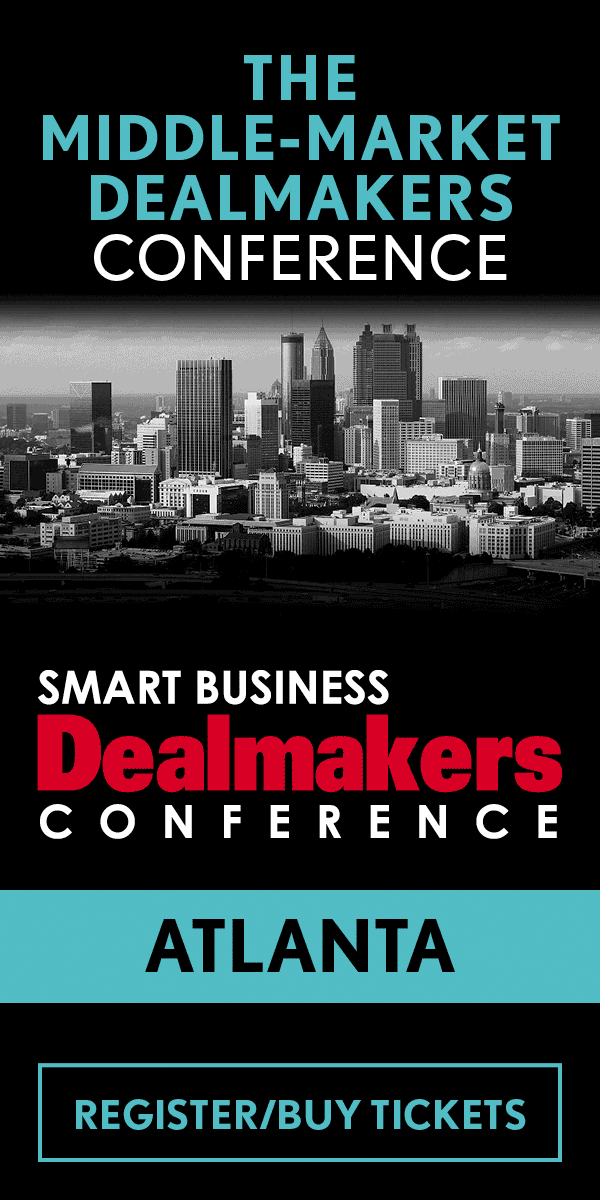Post-deal value creation is about many things, but human capital is among the more important value drivers. That aspect, says K1x, Inc. CEO John LaMancuso must be nailed right out of the gate because once a deal is done, the newly owned company is on the clock.
“It's really around that first 100 days of taking the human capital and wrapping them around the vision of the organization,” LaMancuso said at the New York Smart Business Dealmakers Conference. “You have a sponsor who's plowed a lot of dollars into your business, and it's now time to give them, and make sure that all stakeholders have, a return on investment. And that really requires a team effort.”
In the first 100 days, he says it’s important to break down the long-term vision into where they company should be in five years. And because the investment theses has a five year vision, it should then be broken down from five years to three to tomorrow.
“What are we going to do tomorrow?” he says. “And how are we going to get there with our human capital? And I think one of the best ways to do that is to take the actual plan itself that came from the investment theses and work to integrate every single associate from every functional area into your business plan and your business model.”
He says he doesn't like to participate in organizations in which the vision connected to the equity in the growth of the company isn't spread throughout the entire organization. Instead, he says the best way to execute and get the entire team wrapped around the vision and the executables is to get everyone tied into the equity valuation and the value creation of the company, long term.
“That's No. 1, make sure everyone's got skin in the game,” LaMancuso says. “No. 2 is make sure that that vision is very embedded into every functional area. You have to take down the near-term, mid-term and long-term vision, and break it down into every functional part of the organization, right down to the individual. It's complicated.”
In addition to human capital, top line is always a significant factor in post-deal value creation.
“If any C-suite executive or investor here isn't intensely focused on moving that top line, it's really going to be hard to move the overall value needle,” he says. “Top-line today, tomorrow and in the future comes from constant innovation. And the value that you have today is from the innovation that the PE sponsor is invested into today. But five years from now, a future sponsor, your capital reformation, is all going to be based upon that top line, and now, more importantly, how you move bottom line.”
The timing of when different revenue drivers enter the picture is situational and depends upon the company, sector, the business and macros. But much of it depends upon the organization.
“The world that I've operated in is as both an operating partner within private equity, being a C-suite executive within private-equity-owned organizations, you really have to break it down into what's critical at that point of your whole financial infrastructure,” he says. “How's your top line moving? What are the expectations of the stakeholders in terms of bottom line, in terms of timing? You might be in an investment cycle in which your sponsors and stakeholders look at bottom line, and will give you the nod to invest in top line — perhaps it's M&A, perhaps it's organic growth. But if I take the question and break it down into the pure levers, they're really around where do you invest? How do you invest? Where do you invest in the growth factors? Is it through acquisition? Is it through expansion of salesforce? Is it through partnership? Is it through product-led growth? So, there's just a multitude of different avenues to move top-line, and it's very situational. It really depends upon where you are in your whole period — early, late, middle. It's very situational, but it's critical to understand and link arm-in-arm with your sponsors to make sure that you're all in lockstep with what the plan is and where you are in your cycle, from an investment standpoint.”
Those who are looking to sell in the next couple years should look to identify something meaty within their business that the next investor can tangibly take to their investment committee. For him, that specificity is around the product roadmap and where product innovations are actually going to monetize and drive top-line revenue for the future investor. And that takes a lot of work well before the exit date and time.
“The specificity around your product roadmap, where it's taking you, how you can actually monetize your new products, and where it's going — or M&A — and show specificity around where the revenue will be in the future, is very important for the next investor,” he says.




